Wonderful and heart-warming to see the blooming Mayapples! A special visit to our favorite Mayapple section of the Park!
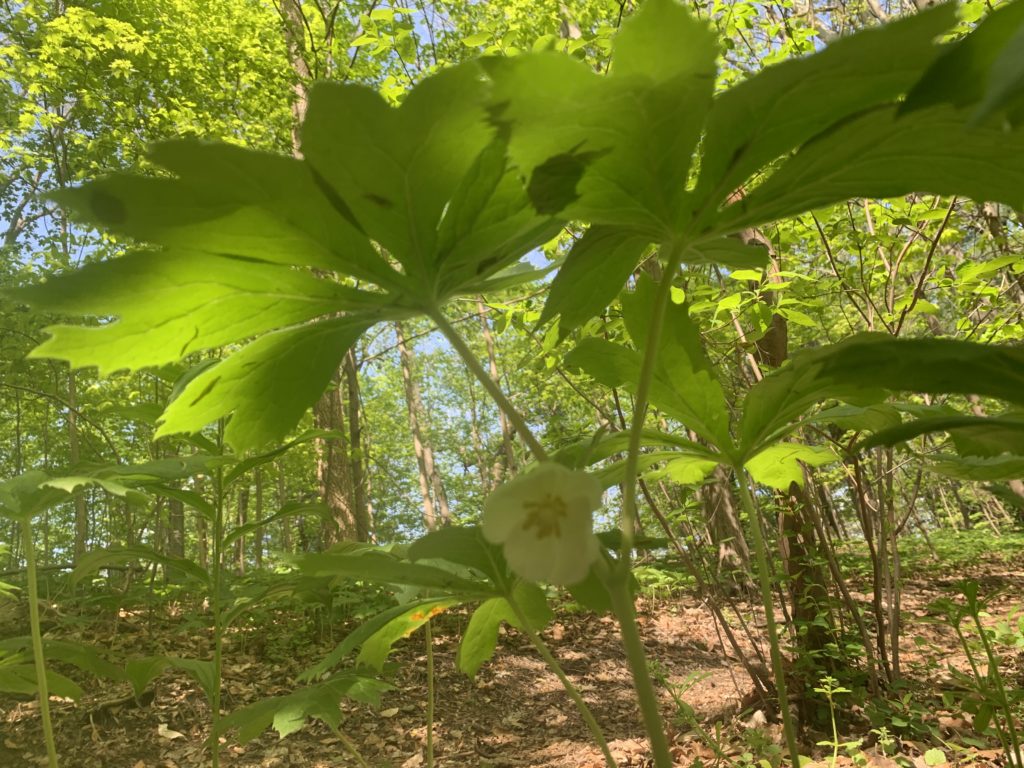
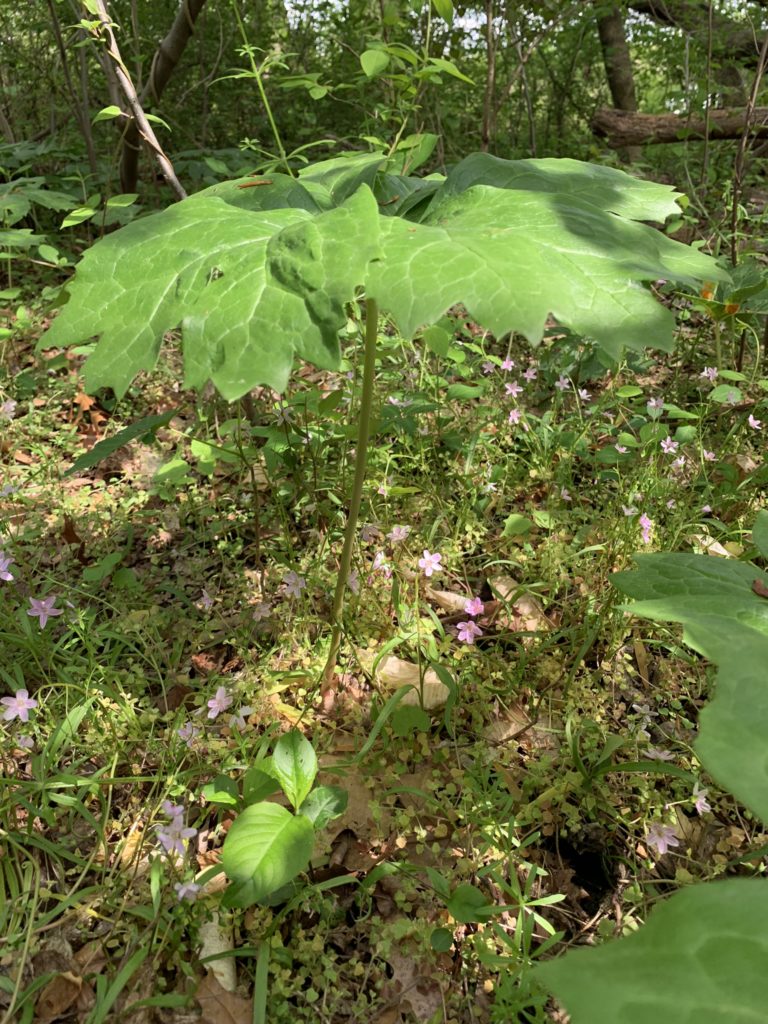
One of the most spectacular displays of Mayapples we have ever seen is in West Fairmount Park, in the woods just north of the Belmont Plateau.
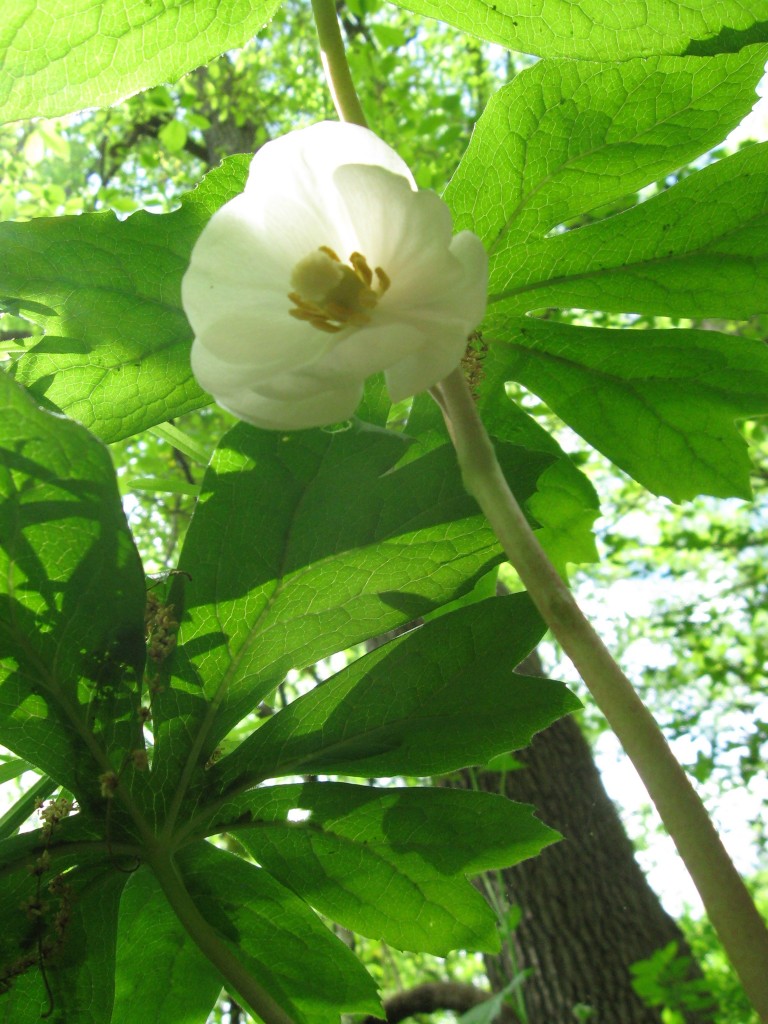
We watched them emerge from the earth, and have waited for them to bloom in the past few weeks as they unfurled their leaves, and revealed their blooming capacities. The Mayapples with a single stem will not bloom and the ones with two stems that diverge in a v shape will bloom.  The  blooms are under the umbrella shaped leaves and can be missed. The best displays in West park are on hillsides that rise up on a side of the trails, so if you turn towards the hillside in the right light, you will see a beautiful and stunning array of waxy white flowers about two inches across glowing beneath the  fresh green umbrellas.
If Philadelphia were to have a city flower, the Mayapple would be solid nominee.
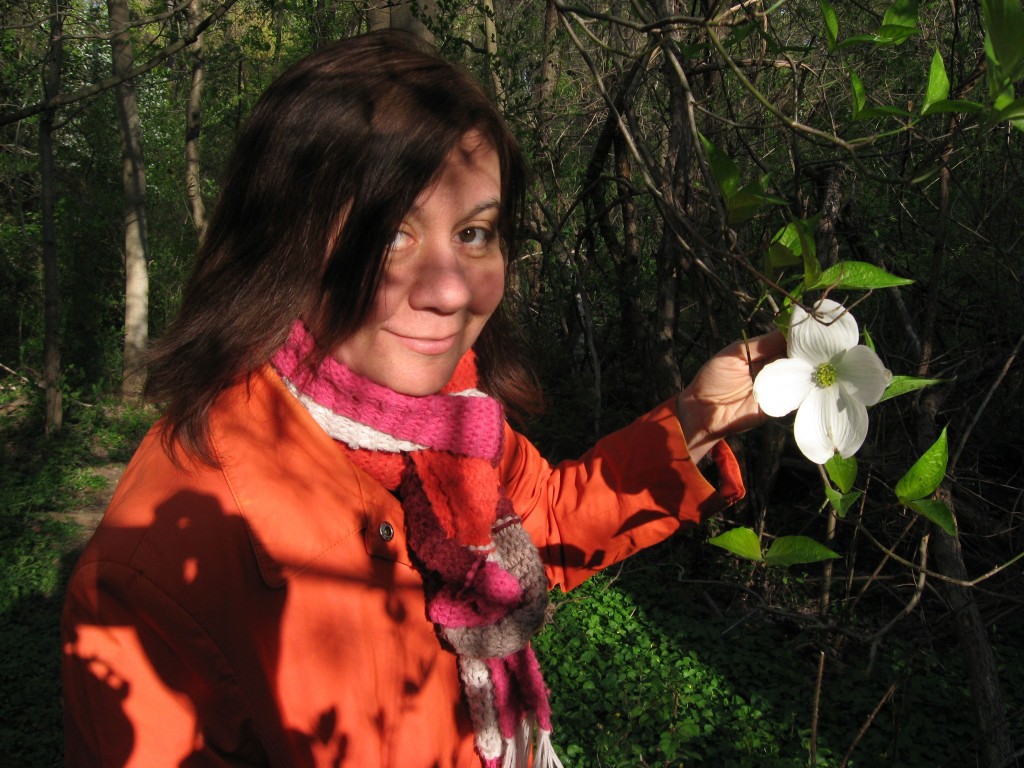
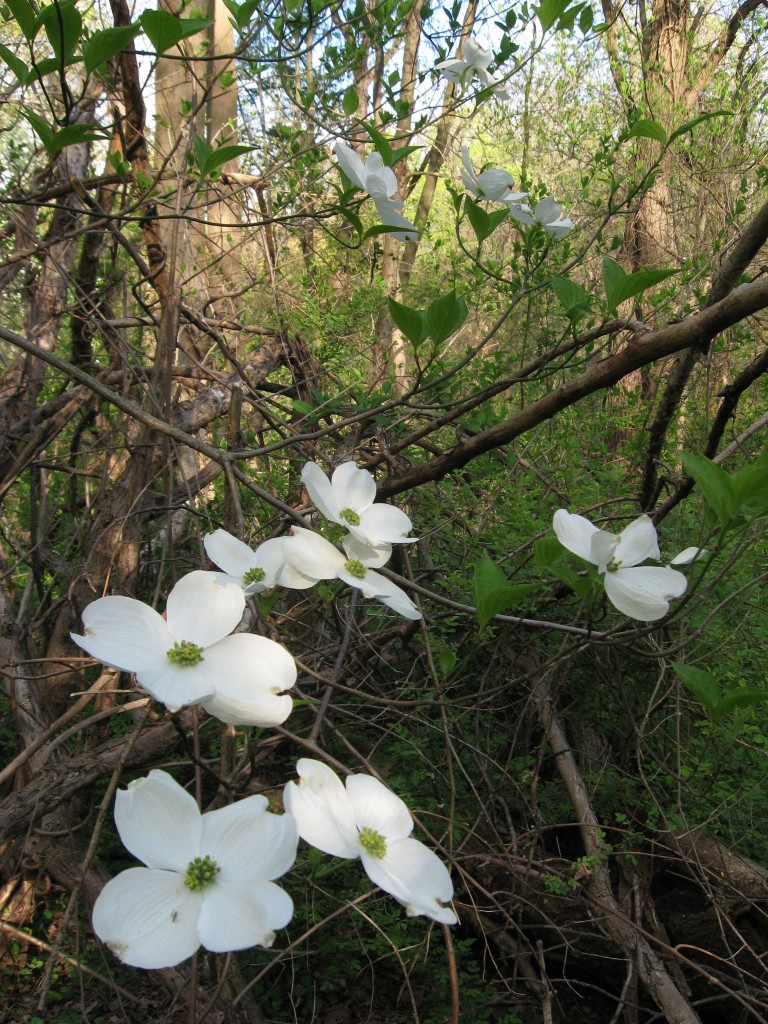
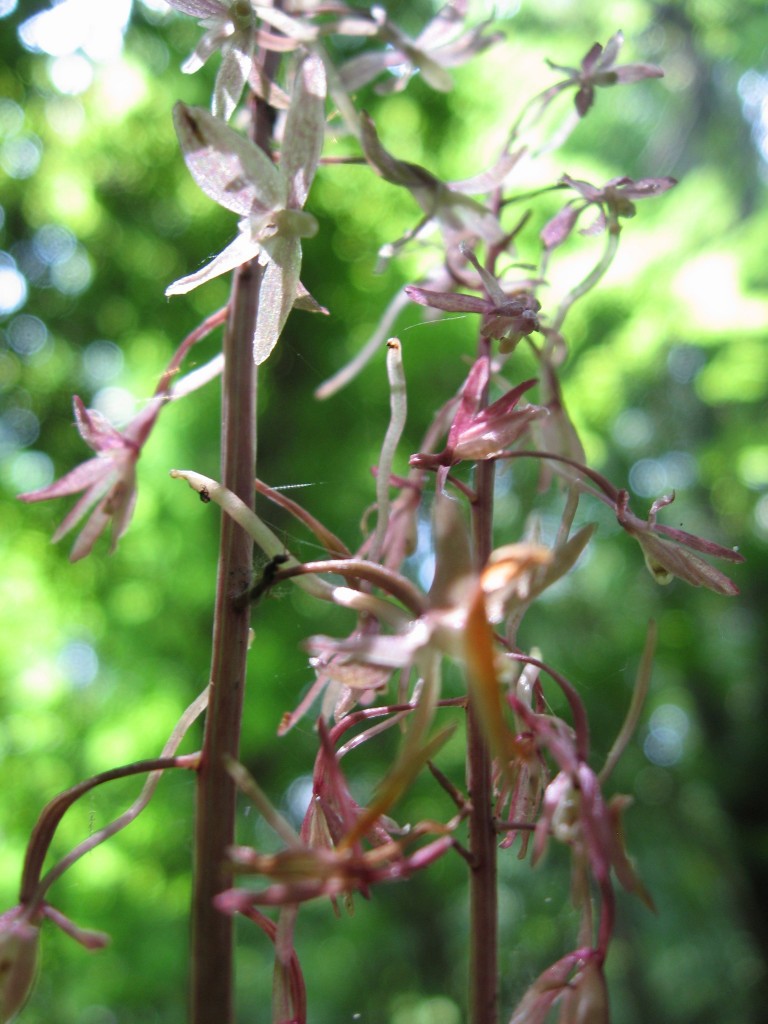
Tipularia discolor
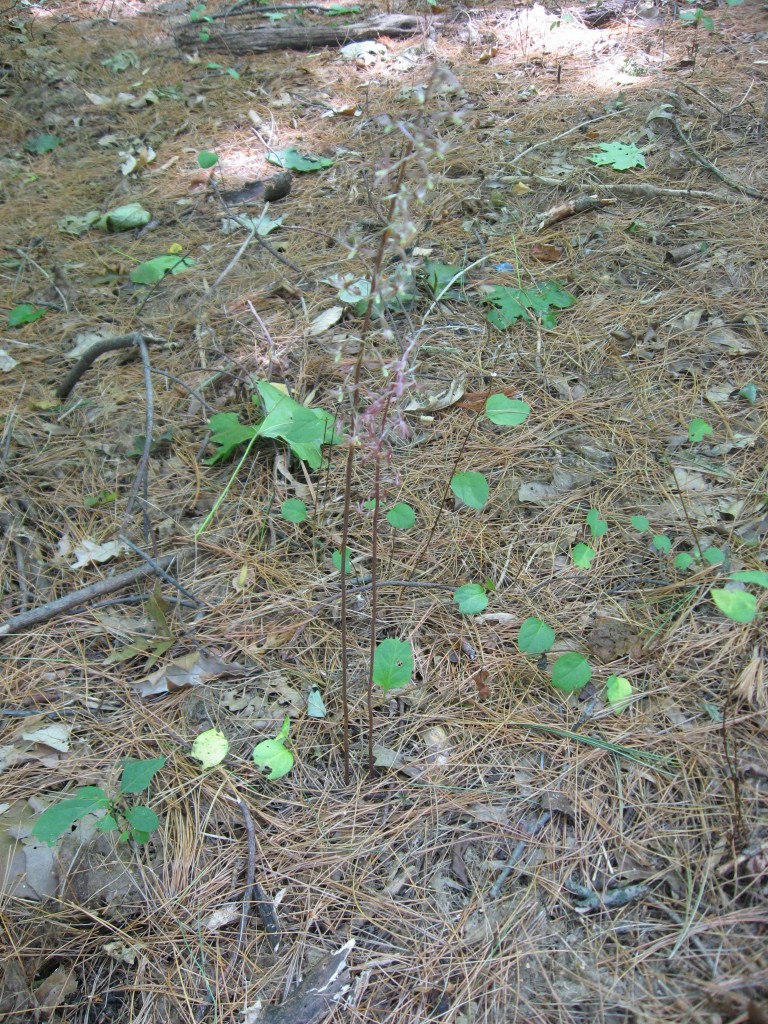
This is what it looks like passing by . Its about 20 inches tall, a slender purple stem, almost invisible. Â It blends into the forest, to be hardly noticed. Â That’s right, this plant is not sold in garden centers. Even if it was, it would most likely die, being that it is so specific about its habitat it only grows under specialized conditions. Â It requires a mycorrhizal fungus to grow along its roots symbiotically in order to survive.
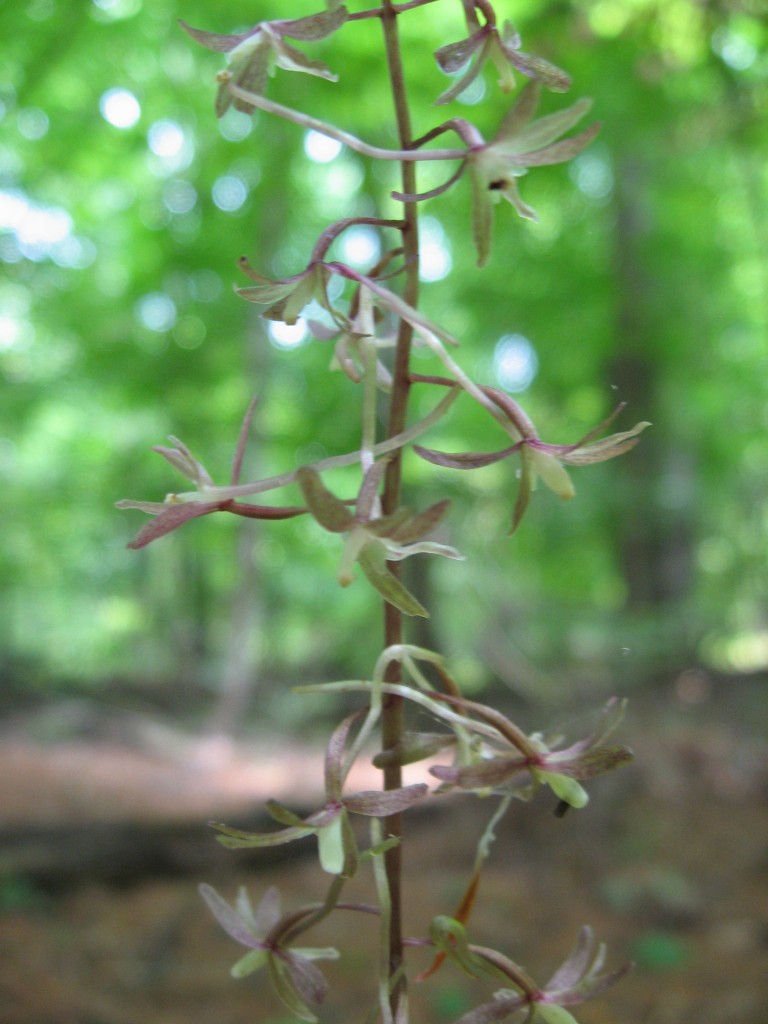
We had found this plant in March, when all that was visible was its one leaf, which had survived the winter. Â The distinctive leaf was also hardly visible on the forest floor. Â The leaf grows after the flower blooms. Â The leaf , produced in the fall, holds on all winter, capturing the sunlight needed to flower. Â The leaf is distinctive for its purple underside. The leaf we found in March was dead and gone by June. Â Then in late July, the flower, all by itself, emerges from the Earth.
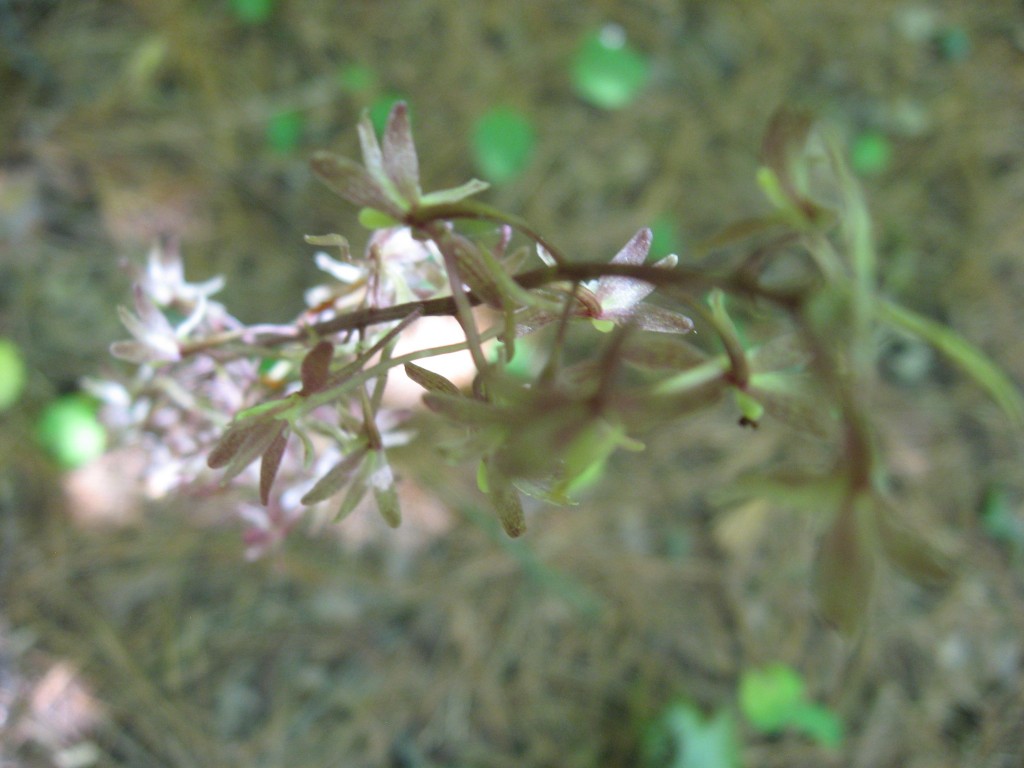
The flower carries the purple color up its stem .  The  light green parts of the flower contrast nicely with the purple.
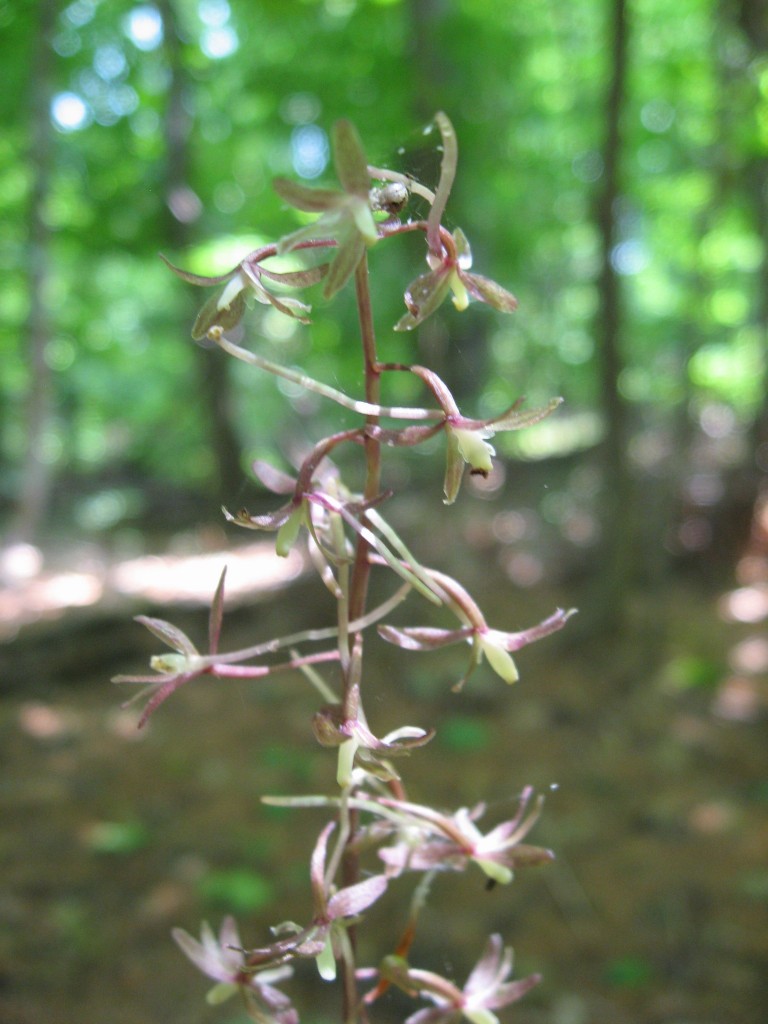
Finding the flowering Cranefly Orchid was an adventure.  We had created an elaborate secret code to remember its exact location.  (A snag, a shadow, dead branches  mark the spot, an arrangement of sticks…)
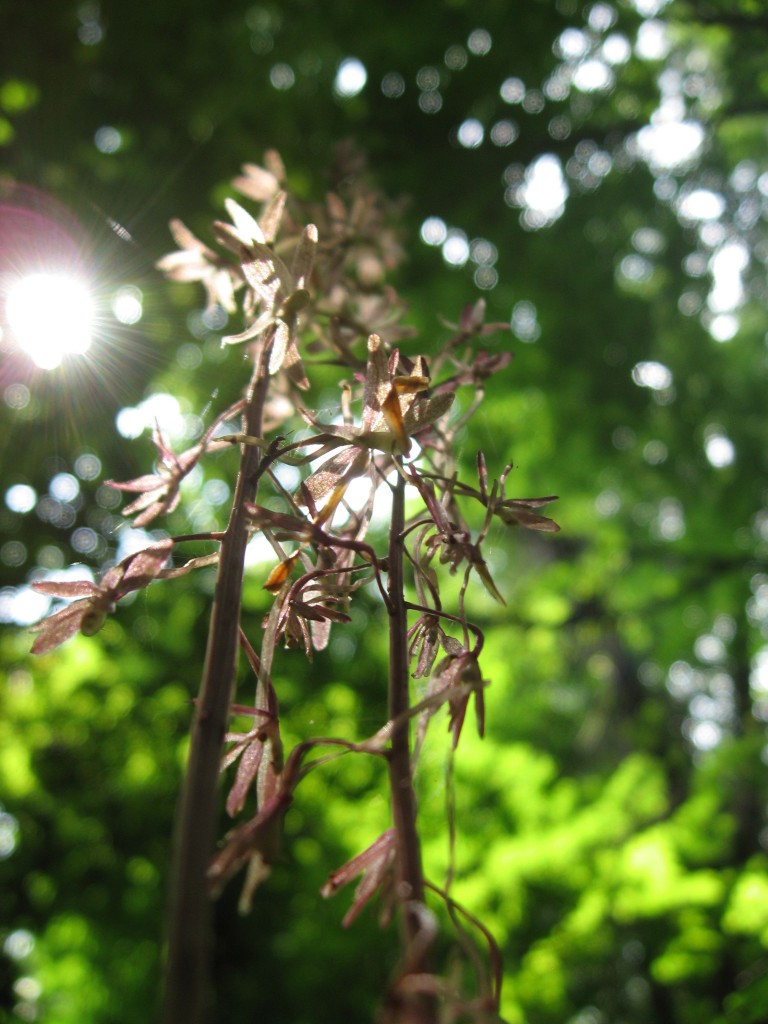
The flower stalk growing individually, without leaves, is reminiscent of the Naked-Flowered Tick-trefoil we featured in our last post. Â The blooming Cranefly Orchid turned out to be a great discovery on a hot and humid Sunday afternoon in the park.